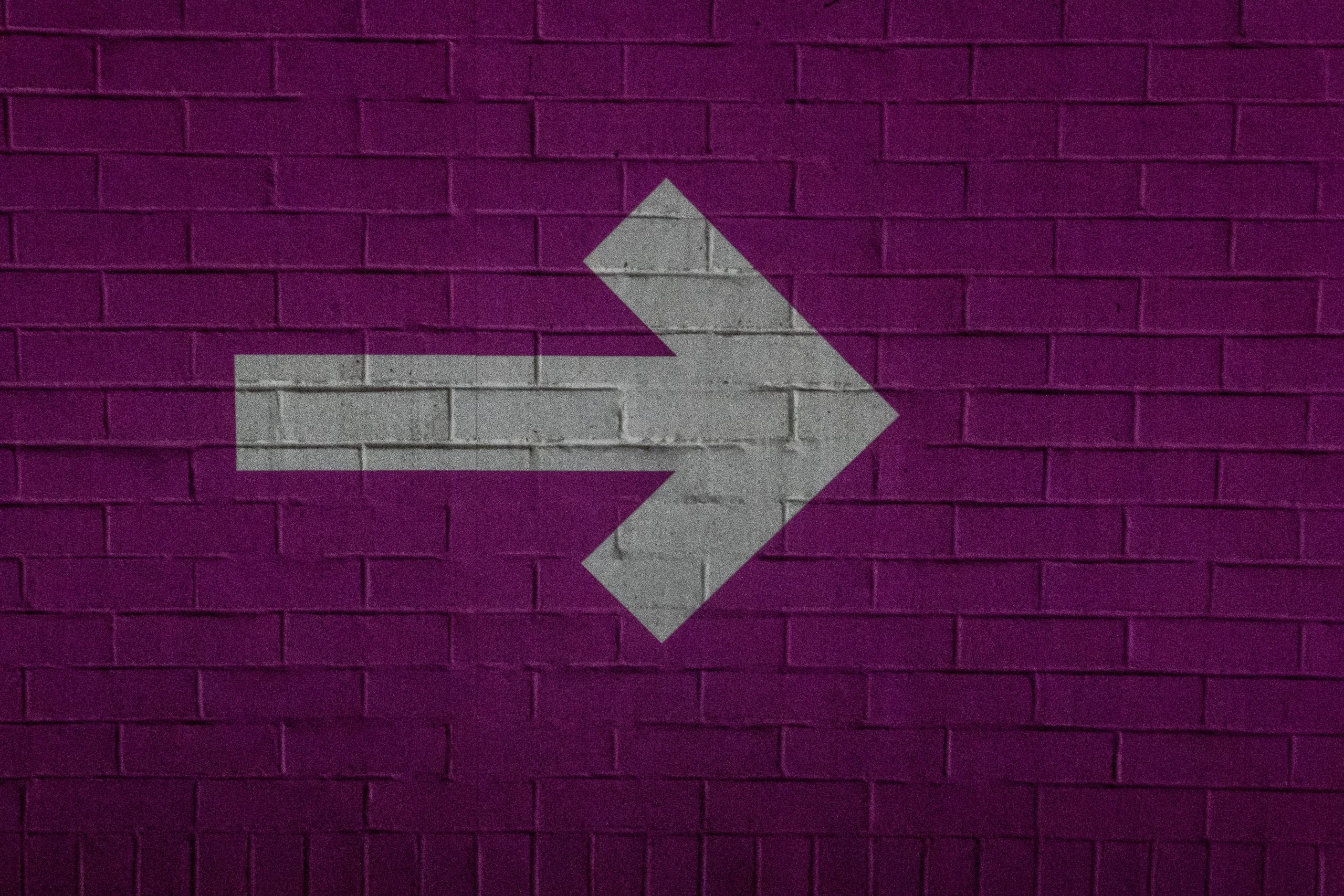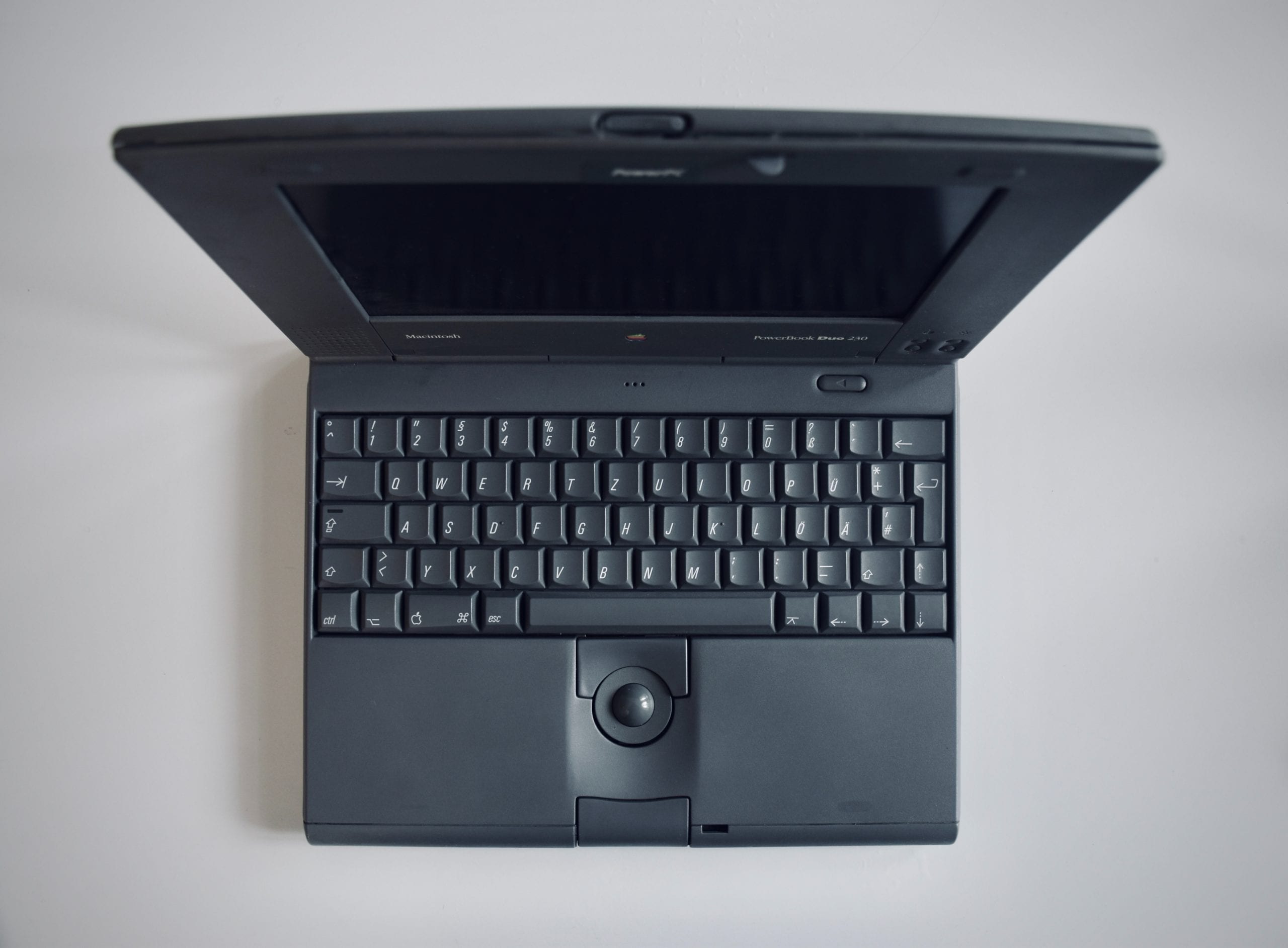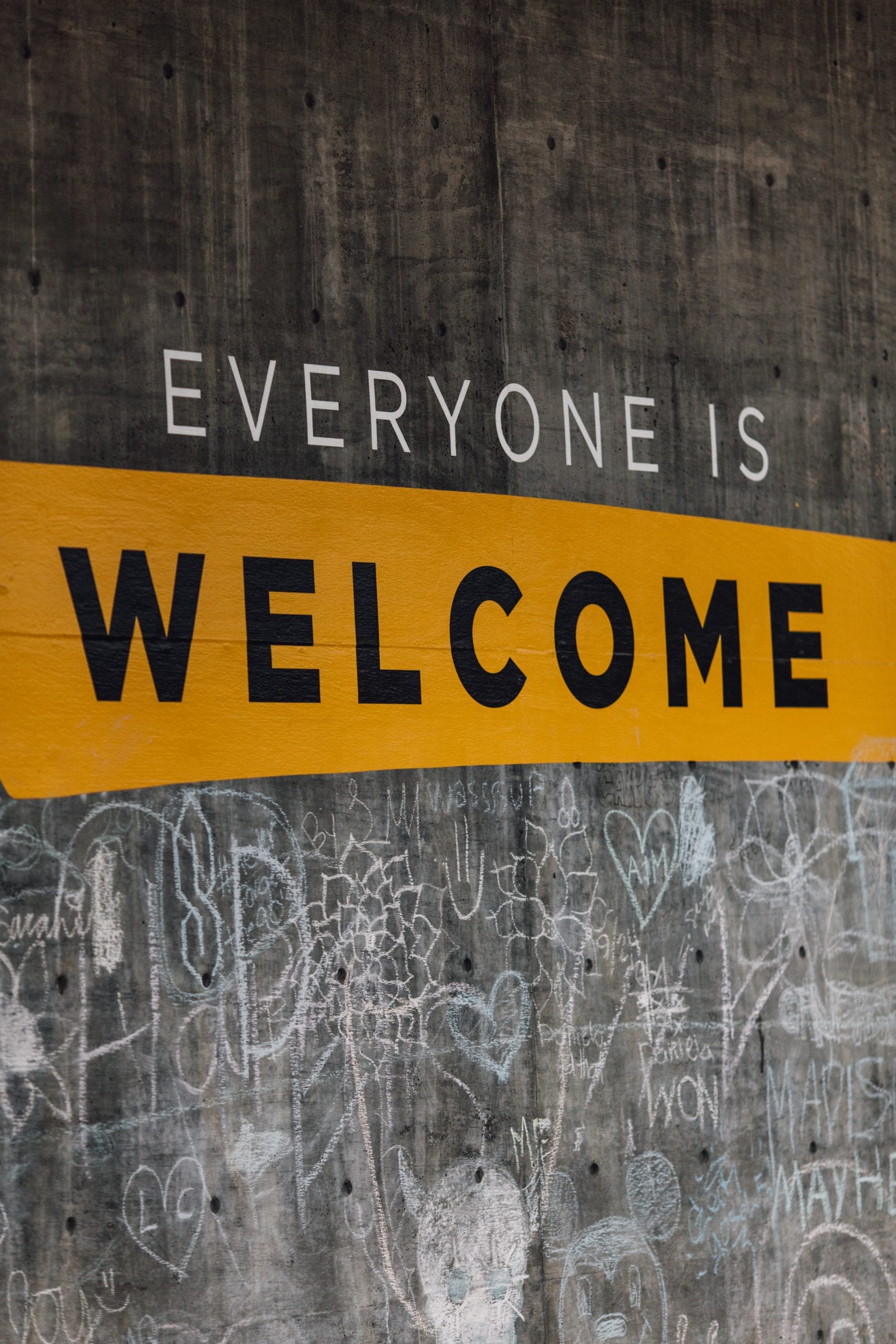Roadmap to Modern Onboarding for Engaged Employees
Onboarding has been a hot topic for years, but our research shows while lots of businesses are talking about onboarding, far fewer are truly capitalizing on the mammoth opportunity that a truly modern onboarding process can bring.
(Is it any wonder why 76% of HR managers think onboarding is underused?)
Too often, onboarding programs are dull, box-checking exercises that inform but do little to excite. They’re employer-centric, not employee-centric. They’re forgettable.
In this article, we’ll explore how modern onboarding best practices have evolved, and we’ll share a blueprint for unforgettable onboarding.

From then to now: an onboarding journey
The onboarding process originally sprang up to solve a problem.
Recruitment and talent acquisition teams would pour effort and investment into hiring great people – and then those people would leave (or they’d stay but take forever to find their feet).
This meant that the whole team was thrown off track, shouldering the extra workload. And then those people would leave because they’d be burned out from the extra workload.
In other words, businesses found their investment in recruitment wasn’t paying off as it should.
Just look at the stats:
- 20% of turnover happens within the first 45-days
- 1 in 5 employees report that their most recent onboarding was poor
- New hire learning curves cost 1% to 2.5% of business revenue in lost productivity
An onboarding process is the answer. Right?
Well, yes and no.
Yes – a strategic onboarding process solves these problems. Strategic onboarding decreases turnover, accelerates time-to-proficiency, increases productivity, and drives employee engagement.
(For example, organizations with a strong onboarding process improve new hire retention by 82% and productivity by over 70%.)
But, no, because many companies still only use “onboarding” as a synonym for “orientation.” They lack strategic onboarding goals.
They over-emphasize operational tasks – like showing new hires how to access resources – over strategic tasks that would move the needle longer-term (tasks like helping new hires integrate into company culture).
And even then, they still don’t get it right. A recent Paychex survey found nearly one-third of employees find the onboarding experience confusing and 22% find it disorganized.
This has significant business implications. According to that same survey, poor onboarding leads to:
- 56% feeling disoriented
- 52% feeling let down
- 49% feeling devalued
- 46% losing interest
- 33% losing trust in the the organization
So what can you do differently to make your onboarding stand out? Employees in Paychex’s survey cited these top five elements:
- Getting the team involved
- Creating an epic welcome
- Keeping the process simple
- Addressing career development
- Assigning a buddy/mentor

Traditional vs. Modern Onboarding
So, how do we modernize our outdated onboarding processes?
It starts with having clear goals.
We need to think beyond the list of checkboxes that traditional onboarding looks to check and focus on actions that will create long-term employee engagement: What can we do today that will have lasting effects to help keep our employees feeling engaged and connected five years from now?
Being focused on these goals will guide us to more meaningful actions that keep long-term employee success at the center.
To start building a more strategic onboarding process, check out these focus areas:
Timeframe
👎🏻 Traditional onboarding: Lasts a few weeks or less
⚡ Onboarding today: Lasts seven months or more
An O.C. Tanner report found only 43% of employees had an onboarding experience consisting of more than a one-day orientation and packet of information on benefits.
Research shows that a strategic onboarding process should last at least seven months.
The best pre-boarding processes start about one month before new hires start, and the official onboarding process should continue for at least six months afterward to get your new starters past the attrition danger zone.
The modern onboarding process is a journey, not a checklist.

Responsiblity
👎🏻 Traditional onboarding: HR’s responsibility
⚡ Onboarding today: Everyone’s responsibility
Traditionally, onboarding has just been lumped in with tasks like managing employee forms. It’s HR’s job, and that’s that (which makes sense if your onboarding program is just… managing forms).
On the other hand, the modern onboarding process focuses on engagement – and seeing as managers account for 70% of variance in engagement, manager involvement is mission-critical (psst, this means leadership engagement in the onboarding process is just as critical as they drive manager engagement).
Focus
👎🏻 Traditional onboarding: Focuses on employer
⚡ Onboarding today: Focuses on employee
If you look at the tasks most traditional onboarding processes emphasize, it’s obvious that they’re mostly about meeting the business’ needs.
Collecting the right paperwork to manage compliance, making sure new hires understand your rules and processes, finding ways to make HR’s life easier, equipping new hires with the resources to complete immediate tasks effectively, etc.
A strategic onboarding process focuses on different goals. Sure, it ticks those boxes – they’re important, of course, but they’re secondary to focusing on the employee. This shifts perspective and asks questions like:
- How can we deliver information in the most engaging way?
- How can we make our employees’ lives easier?
- How can we help new hires develop their career?
- What unique challenges are they facing?
- How can we better support them?
- How can we help them make friends at work?
Intent
👎🏻 Traditional onboarding: Informative
⚡ Onboarding in today: Inspiring
Traditional onboarding processes focus on sharing information to familiarize new hires with your company, values, processes, rules, and culture. Often in a super dry, formal way – like endless policy documents.
It’s not engaging. It’s one-sided and one-dimensional like learning times tables by rote at school.
A modern onboarding process, on the other hand, emphasizes the need to inspire. For new hires not just to understand but engage with. That might mean setting up informal lunches instead of sending across a hierarchy document, for example, or sending a welcome video alongside the company handbook.
Personalization
👎🏻 Traditional onboarding: Standardized
⚡ Onboarding today: Personalized
Traditional onboarding is one size fits all. But in reality, one size fits no one.
Our recent research showed personalization is the biggest employee desire during their onboarding process. Time and again, people say they want to be treated like a person. Shocking, huh?
As Robert Hicks, Group HR Director at Reward Gateway, said during our recent onboarding panel discussion: “An employee wants to feel special, not that they’re just receiving generic messages. They’re going to have different elements that’ll be important to them. […] You want consistency. You want flexibility. But you also want the employee to feel it’s special for them.” .
That means an onboarding program that acknowledges different people need different support, carves out plenty of time for one-on-one feedback, and allows employees space to bring their authentic selves to work.
Scalability
👎🏻 Traditional onboarding: Limited
⚡ Onboarding today: Scalable
Traditional onboarding programs are limited by HR’s bandwidth. Businesses might have big ideas to level up their onboarding, but there’s simply no capacity to execute them.
Modern onboarding relies on onboarding tech to automate manual processes and drive smart efficiencies while preserving personalization. They also spread the responsibility for onboarding across the business. So HR has more time to add value to higher-impact tasks and focus on bigger onboarding goals.
Improvement
👎🏻 Traditional onboarding: Unchanging
⚡ Onboarding today: Continually improving
Fifty-five percent of businesses don’t measure the effectiveness of their onboarding program. That means it’s near-impossible to maintain accountability or spot opportunities to improve. What you have now is what you’re stuck with – and, since you can’t even see how bad things are, getting buy-in to change will be difficult.
Modern onboarding, on the other hand, is radically transparent. Everyone involved knows where they stand against key KPIs, and – crucially – knows how to improve. In a strategic onboarding process, HR has a bird’s-eye oversight that demystifies the new hire experience.
Modernize Your Onboarding Process with Enboarder
👎🏻 Traditional onboarding: Meh
⚡ Onboarding with Enboarder: WOW
The fact is, traditional onboarding is bland, boring, and forgettable. But modern onboarding processes create personal, engaging, exciting experiences that genuinely WOWs new hires.
Strategic onboarding focused on long-term goals builds and even over-delivers on the promises your recruiters made to turn new hires into long-term champions.
But creating a consistently amazing onboarding experience is still a challenge. How can you ensure the process you’ve built will be flawlessly executed by each member of your team hiring team, no matter where they’re located (or how bad of a day they may be having)?
That’s where Enboarder comes in.
Enboarder is the Human Connection Platform that’s designed to help you cover the bases and automate your most mundane tasks (like remembering to ask HR about a new laptop two weeks before your new hire starts 🙄), so you can focus all of your energy on making your onboarding experience more unique and useful for your new employees.
Don’t wait! We’d love to show you how Enboarder can help your company take your onboarding process to the next level. Set up a demo appointment with our team!